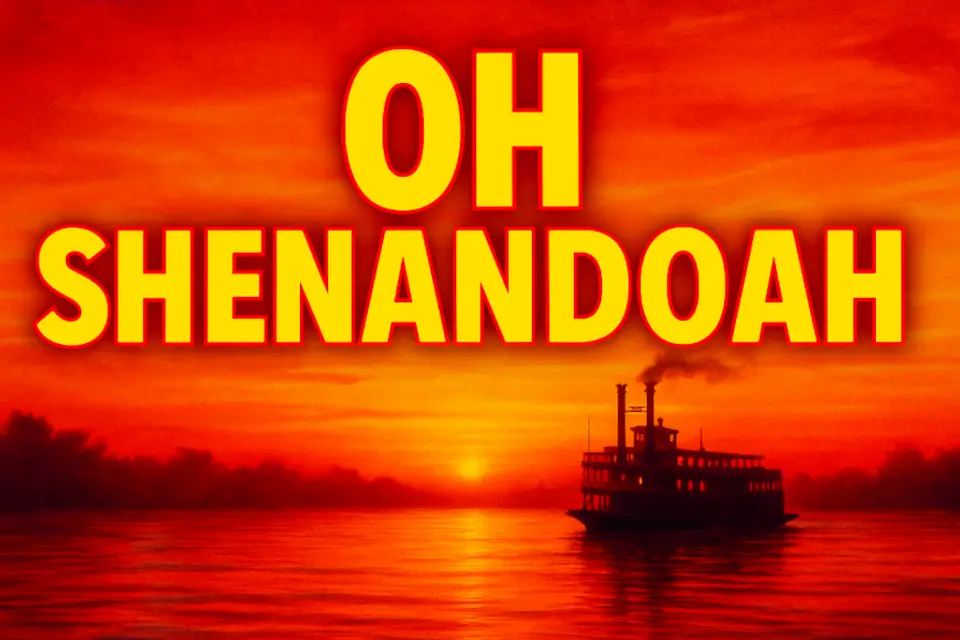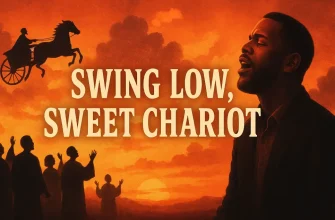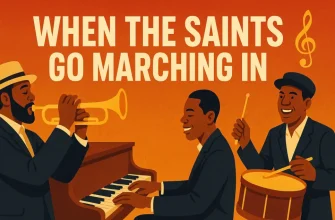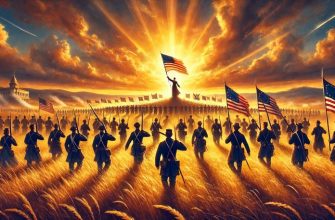I’ve always been fascinated by the way a simple melody can carry centuries of history. “Oh Shenandoah” is one such tune—a traditional American folk song of uncertain origin, believed to date back to the early 19th century. While no single author is credited, the song likely originated among French-Canadian voyageurs and American fur traders paddling down the Missouri River. By 1876, Captain Robert Chamblet Adams documented an early printed version titled “Shenadore” in The New Dominion Monthly, noting he first heard the song around 1850. Folklorist Alan Lomax later suggested that these river chanties were adapted by sailors into sea shanties, expanding the song’s reach.

Meaning & Theme
At its core, “Oh Shenandoah” weaves a tale of longing and distance. The narrator—a trader or sailor—expresses a deep yearning to reunite with Shenandoah’s daughter, symbolizing love and the pull of home. Lyrics like “Oh Shenandoah, I long to hear you… ‘Cross the wide Missouri” evoke the vast American landscape and the emotional weight of separation. This timeless theme resonates because it speaks to universal feelings of nostalgia, hope, and the journey back to what we cherish most.
Lyrics to “Oh Shenandoah”
Oh Shenandoah, I long to hear you,
Away, you rolling river.
Oh Shenandoah, I long to hear you,
Away, I’m bound away,
‘Cross the wide Missouri.
Oh Shenandoah, I love your daughter,
Away, you rolling river.
For her I’d cross your roaming waters,
Away, I’m bound away,
‘Cross the wide Missouri.
‘Tis seven years since last I’ve seen you,
Away, you rolling river.
And still I long to be with you,
Away, I’m bound away,
‘Cross the wide Missouri.
Oh Shenandoah, I long to hear you,
Away, you rolling river.
Oh Shenandoah, I long to hear you,
Away, I’m bound away,
‘Cross the wide Missouri.
Musical Features
“Oh Shenandoah” typically unfolds in a slow to moderate tempo, set in a major key that underscores both warmth and wistfulness. Characteristic elements include:
- Simple chord progression (I–IV–V), allowing the melody to shine.
- Melismatic phrasing, where single syllables stretch across multiple notes, lending a haunting quality.
- A call-and-response structure reminiscent of shanties and spirituals.
My modern arrangement blends these traditional features with acoustic guitar warmth, subtle string pads, and digitally enhanced reverberation to evoke both intimacy and expansiveness. While the classic rendition feels like a riverside ballad, one could reimagine it as a country-style duet, a gospel choir anthem, or even a sparse solo piano piece—each interpretation illuminating different facets of the melody.
Cultural Impact
This folk ballad became popular among riverboatmen, then spread to seafaring crews by the mid-1800s, reflecting the era’s westward expansion and maritime culture. Its adaptability—as a river chanty, a capstan shanty, or a sentimental love song—helped it endure through wars, migration, and technological change. Audiences greeted it as a comforting refrain, a reminder of home and loved ones amid uncertain voyages.
Interesting Facts
- Paul Robeson recorded a celebrated version in the 1930s, bringing “Oh Shenandoah” to global audiences.
- The song featured in Jimmy Stewart’s 1965 film Shenandoah and the classic How the West Was Won (1962).
- Variants like the “two dozen roses” verse appear in different regions, hinting at layers of oral tradition.
- In 2006, “Oh Shenandoah” was proposed as an interim state song of Virginia, though its Missouri references sparked debate.
Modern Reception
Today, “Oh Shenandoah” enjoys renewed interest across genres. You’ll hear it in:
- Film soundtracks (e.g., The Good Shepherd, Nixon)
- Video games (like Fallout 76 on Appalachia Radio)
- Live performances by folk and roots artists who prize its melding of melody and story
Contemporary listeners often describe the song as meditative, timeless, and comforting, connecting generations through shared emotion.
Conclusion
As American Bard, I’m dedicated to reviving these classics with modern technology—preserving their heart while inviting new ears to listen. I hope this journey through “Oh Shenandoah” inspires you to explore more of our musical heritage.
👉 Watch my full rendition on YouTube and subscribe to join the revival: American Bard
Let’s keep these melodies alive, uniting past and present across every river we cross.
Sources
- “Oh Shenandoah,” Wikipedia (Wikipedia)
- Robert Chamblet Adams, “Sailor Songs,” The New Dominion Monthly, April 1876 (Ballad of America)
- Alan Lomax, Selected Writings on Folk Music (Library of Congress) (The Library of Congress)



